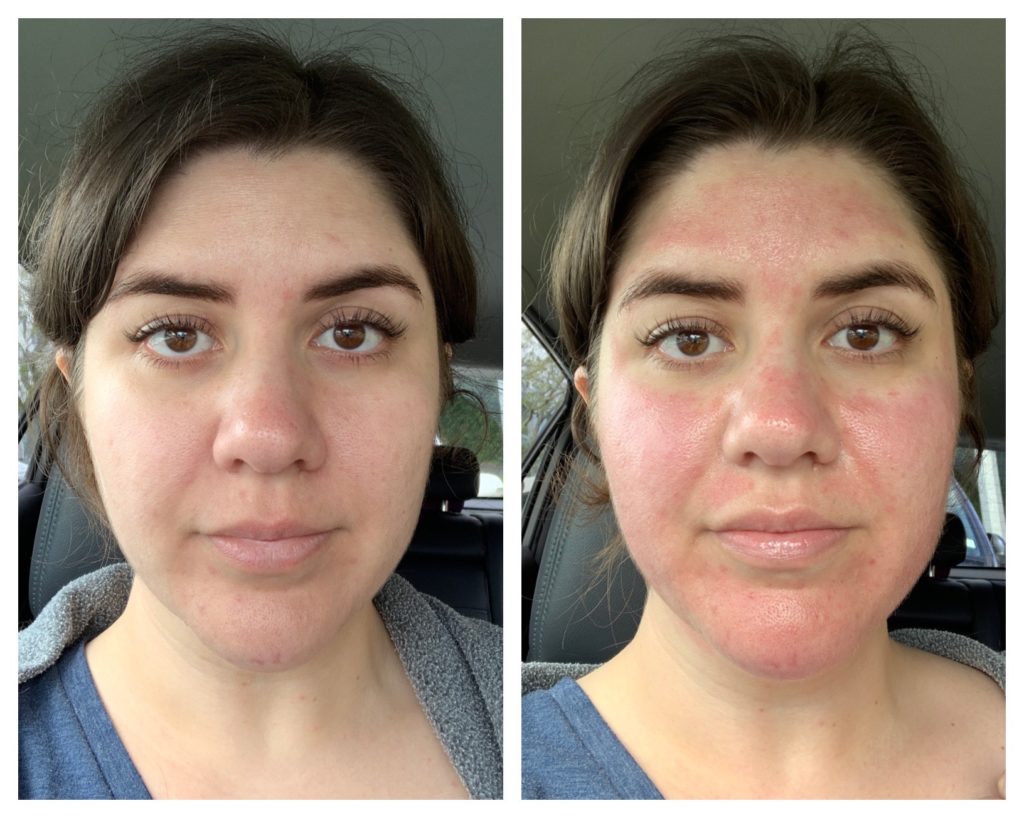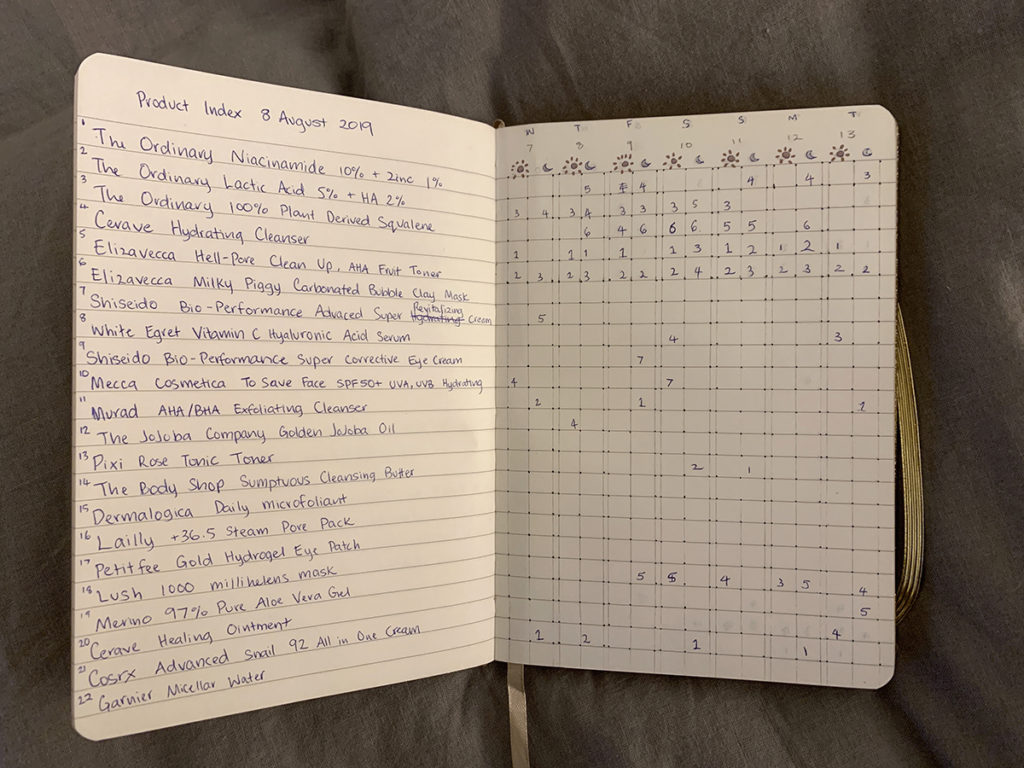It’s been five years since I was so sick physically and mentally that I resigned my full time job. I have a neurologist’s diagnosis of Idiopathic Intracranial Hypertension; but if anything, despite all the best efforts that my support network and I have put into getting “better” I keep having setbacks and overall decline.
Medical intervention surgically, with medications plus heeding the diet and lifestyle recommendations seem to help, some seem to hinder. There comes a point where you wonder if an experience is a symptom or a side effect.
Without dwelling on my symptoms, I am best frenemies with my bed.
I spend most of my time here, and when I have a low enough pain score I spend the energy I have tending to life – housework, errands for medication and groceries and such. I’m really damn thrilled when I can manage to go out and do things – like go overseas for a family member’s wedding or over a few suburbs for a Christmas party.
I’m on the “Jobseekers” benefit with a sickness deferral, and have been since the first quarter of this year. I have screeds of medication, doctors, tests, results and information to keep track of, and I’m losing my mind.
I’ve talked about Brain Fog before, but now daily I forget so many things – what’s on the shopping list, when (or if) I took my medication, what words I want to speak when forming a sentence. I end up stumbling and mumbling over words to strangers and embarrassing myself.
My sister needed me to collect her from work yesterday, immediately as she works with kids and wasn’t well. While I was capable of doing that, I had forgotten where her work was – again. She reminded me. I forgot while getting ready to leave the house what I was leaving the house for. She is lucky that I made it there (after another reminder of the address) at all!
There are strategies I use that all forgetful people would use, write everything down (on my phone, lest I forget the paper), tell someone else, make an association. I get my medication measured for me in a dispensary pack where I take a little sachet of pills morning and night, they have dates on them.
I’m really sad about memories, like memories of experiences with my partner, who I’ve been with not yet a year. He recounts memories to me and sometimes all I can manage is “that sounds like something I’d do”, while casting about in the fog for any scrap of a trace of the actual experience. I’m sad I don’t have those things to revisit when I am not well, but also that I can’t share in reminiscing with him, but who else too? My other family and friends? I desperately don’t want to forget them, you.
When your mind blanks repeatedly throughout your day, it gets frightening.
Will this get worse? It is getting worse. If I can’t remember how I manage my appointments and my medication and my tests and things, who would be able to do so? I can still drive, go to appointments and things alone. But what if my ability lessens further? It’s hard to think about.
Medical treatment is slow. Not just because of “The System”, but because I can’t follow up and make appointments for myself sometimes for weeks – I’m too sick, too tired, trying to take part in the business of living. I might feel good at 3am and ready to follow everything up, but that’s not when medical establishments want to know me. I slow it down, as everything is slowed down for me now.
Alongside the medical approach, is the alternative approach. Those dreaded “have you tried…” pieces of advice, meant with the greatest love but often received with the meekest resigned sadness.
Colour Therapy involves being “dowsed” by a practitioner who runs through a catalogue of colours associated with malaise – illness, infection but not injury. They pick out the colours associated with what they feel affects you, and you are then exposed to the light frequency emitted by those colours as therapy. I’m not here to explain colour therapy though, just it’s impact on me.
With no more information than the sight of me on an early summer day, when my pain was low and my energy and mood high, and that I have “headaches”, the practitioner pulled out 19 major initial areas I needed treatment.
With each colour she pulled came a label and the areas affected in the body or the symptoms I experienced. I don’t have the laundry list and I don’t want to focus on my symptoms but the dowsing was Spot. On. I have no idea how, based on the little information she had, she was able to pinpoint the specific things that are issues for me.
After three days, including two nights, the more senior practitioner checked my progress, and delivered their diagnosis. Myalgic Encephalomyelitis (ME).
The fact sheet was handed over with sympathy and care, but I know ME. In fact, my medical doctors have vaguely started down the path of ME/CFS (Chronic Fatigue Syndrome) as a possible diagnosis for me.
I am a scientific believer but value care of the spirit too; I typically would stick to traditional medical practice, particularly for a diagnosis. But after much thought I’ve decided to accept the diagnosis of ME/CFS, and pursue a medical diagnosis too.
In deciding to accept this label, I particularly acknowledge how this particular condition is very very hard to diagnose. However, the symptoms I live with everyday are described in almost comforting familiarity by ME. More so than even my medical diagnosis of IIH – where I don’t actually experience some of the symptoms, and I definitely don’t respond to treatments like lumbar puncture to reduce CSF pressure on my brain.
So now, I have a new path on the same journey and for me it feels like a positive one though it’s scary. Pursuing a medical diagnosis of ME/CFS will probably include a loooooot of tests.
It also means sharing with those around me my experience and my needs for support or just needs in accommodation as an ill person, which I already have been doing for some time. The biggest change is really an internal one, but with the effects on my brain – including cognitive impairment, I’m really scared about what is to come for me.
If you noticed I put “better” in quotation marks earlier, it’s because I’ve also accepted that there is no such thing as a full recovery from this, I won’t get “better” like you would from a common cold or a scratch.
I will get better in that I’ll be better understood, better equipped, and hopefully better able to continue living a fulfilling life and contributing to the world with my existence. There is hope, even while I watch my peers achieve goals I previously had for myself, I can look forward to new ones that suit me and my abilities better.
How you can help me
I’ve been asked “how can I help?” and honestly, if you’re not already someone I call on then the best way to help if you can, is with money.
I hate to say it. We don’t say it. I don’t want to say it, but I say it as much for me as for any other person limited in their earning capacity.
I don’t expect people to give me money, I have financial support through WINZ that goes to some extent and the privilege of supportive family and friends. I hate to be at this point because I can’t express my thanks, appreciation and generosity as I used to, with gifts of food or other thoughtful tokens. I could go on.
You can commission me to write – even tell me you’ll pay me to write another blog post right here, about anything you like; or for anywhere that fits within my ethics and kaupapa. I am hoping to get more paid writing opportunities like my recent piece for Radio New Zealand, so sharing my writing also helps!
Please contact me if you want to commission me, I want to earn some money.
Thanks so much for reading and your support!
Links:
Find out more about Myalgic Encephalomyelitis: https://rarediseases.org/rare-diseases/myalgic-encephalomyelitis/
About my diagnosis for IIH, “The Problem With My Head” http://antheawhittle.com/post/104958680107/the-problem-with-my-head



